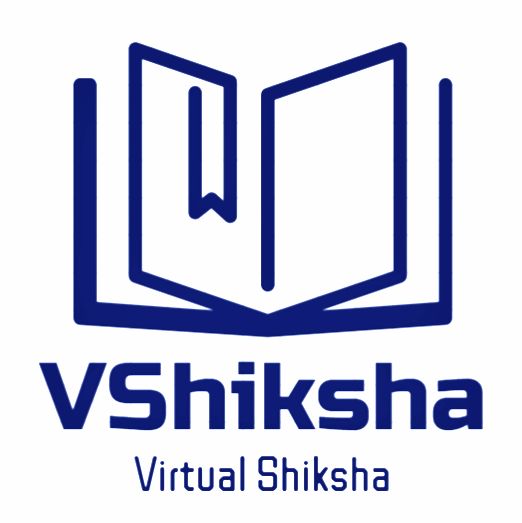Bridging the Gap: The NCERT’s Innovative ‘Bridge Month Programme’

As the academic year draws to a close, the National Council of Educational Research and Training (NCERT) has introduced an exciting initiative to ease the transition for students moving from Grade 5 to Grade 6. The newly launched ‘Bridge Month Programme’ aims to bridge the gap between the existing curriculum and the revised syllabus recommended by the National Curriculum Framework for School Education (NCF-SE) 2023.
What Is the Bridge Month Programme?
The Bridge Month Programme is a month-long intervention designed to prepare students and teachers for the changes in the Grade 6 curriculum. It serves as a crucial link between the familiar Grade 5 syllabus and the upcoming Grade 6 syllabus. Let’s delve into the key aspects of this innovative initiative:
1. Interactive Learning Environment
Gone are the days of monotonous lectures and rote memorization! The Bridge Month Programme emphasizes interactive learning. Students will actively participate in discussions, engage in hands-on activities, and explore concepts through play. Teachers, too, will adopt a more dynamic teaching approach, fostering curiosity and critical thinking.
2. Fun-Based Teaching Methods
Learning doesn’t have to be dull. During the Bridge Month, all subjects—be it mathematics, science, languages, or social studies—will be taught in a fun-based manner. Imagine solving math problems through treasure hunts or conducting simple science experiments in the school garden. The goal is to make learning enjoyable and memorable.
3. Addressing Curriculum Gaps
The transition from Grade 5 to Grade 6 can be daunting. Students often encounter gaps in their knowledge base due to differences in syllabi. The Bridge Month Programme identifies these gaps and provides targeted interventions. Whether it’s mastering foundational concepts or developing essential skills, students will receive personalized attention.
4. Curricular Goals and Competencies
The programme aligns with the curricular goals outlined in the NCF-SE 2023. It focuses on competencies such as critical thinking, problem-solving, communication, and collaboration. By emphasizing these skills early on, the NCERT aims to empower students for lifelong learning.
Why Is the Bridge Month Important?
- Smooth Transition: The Bridge Month ensures a seamless transition for students. It bridges the knowledge gap and prepares them for the challenges of Grade 6.
- Teacher Training: Teachers undergo specialized training during this month. They learn innovative teaching methods, adapt to the new curriculum, and become facilitators of active learning.
- Student Confidence: By experiencing success in a playful and engaging environment, students gain confidence. They enter Grade 6 with a positive mindset and eagerness to learn.
Challenges and Opportunities
While the Bridge Month Programme is promising, it faces certain challenges:
- Time Constraints: A month may seem short, but it’s a valuable opportunity to set the tone for the entire academic year.
- Resource Allocation: Schools need adequate resources—both material and human—to implement the programme effectively.
However, the potential benefits far outweigh the challenges:
- Holistic Development: Beyond academics, the Bridge Month fosters holistic development. Students learn teamwork, creativity, and adaptability.
- Parent Involvement: Parents play a crucial role during this transition. They can support their children by reinforcing concepts at home.
Conclusion
The Bridge Month Programme is a leap towards progressive education. It encourages students to explore, question, and collaborate. As we embark on this educational adventure, let’s celebrate the joy of learning and embrace the bridge that connects Grade 5 memories to Grade 6 aspirations.
Remember, education isn’t just about climbing the ladder; it’s about building bridges.
Disclaimer: The information provided in this article is based on publicly available sources and does not constitute official NCERT guidelines. For specific details, please refer to official NCERT publications.
